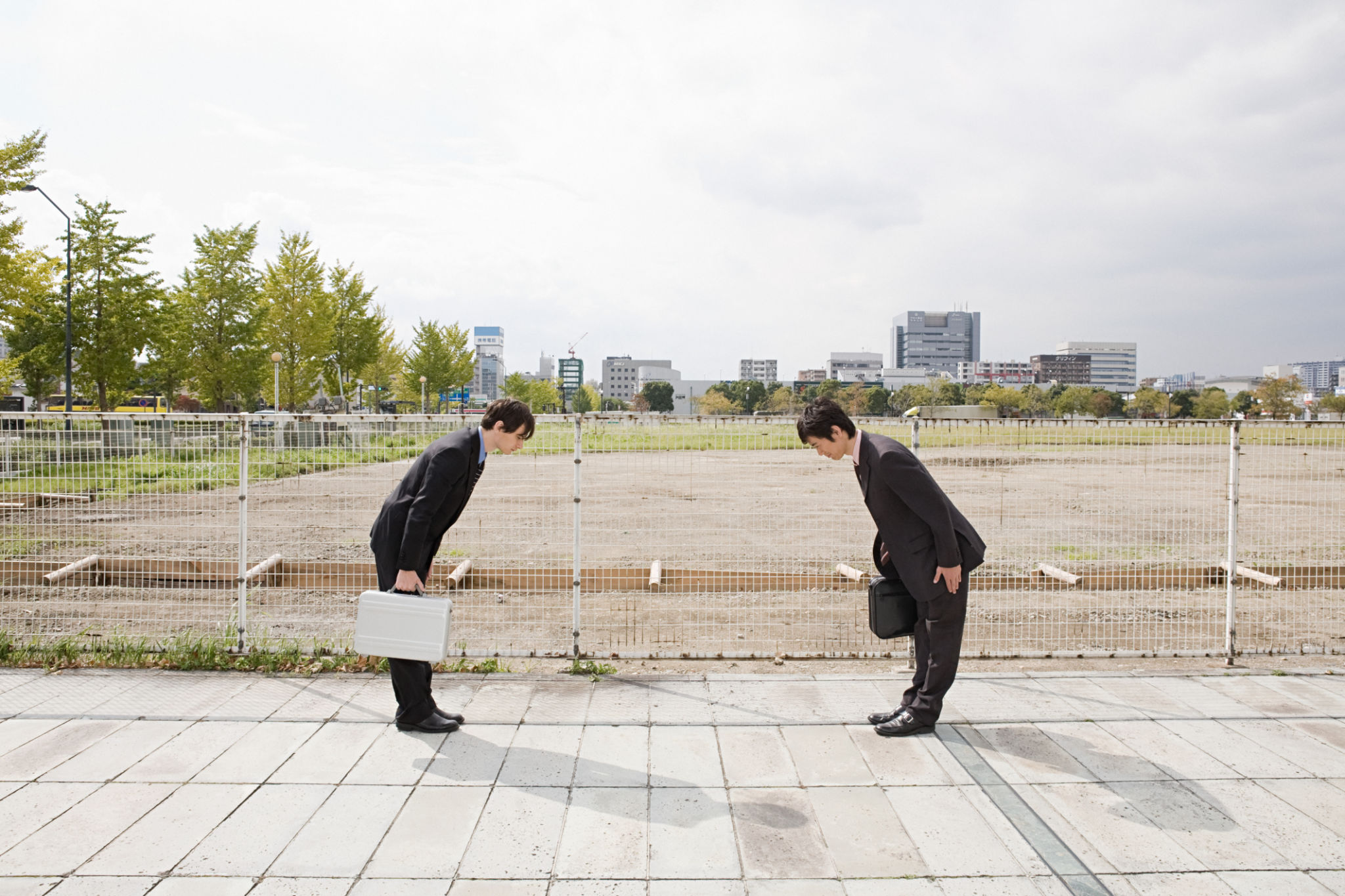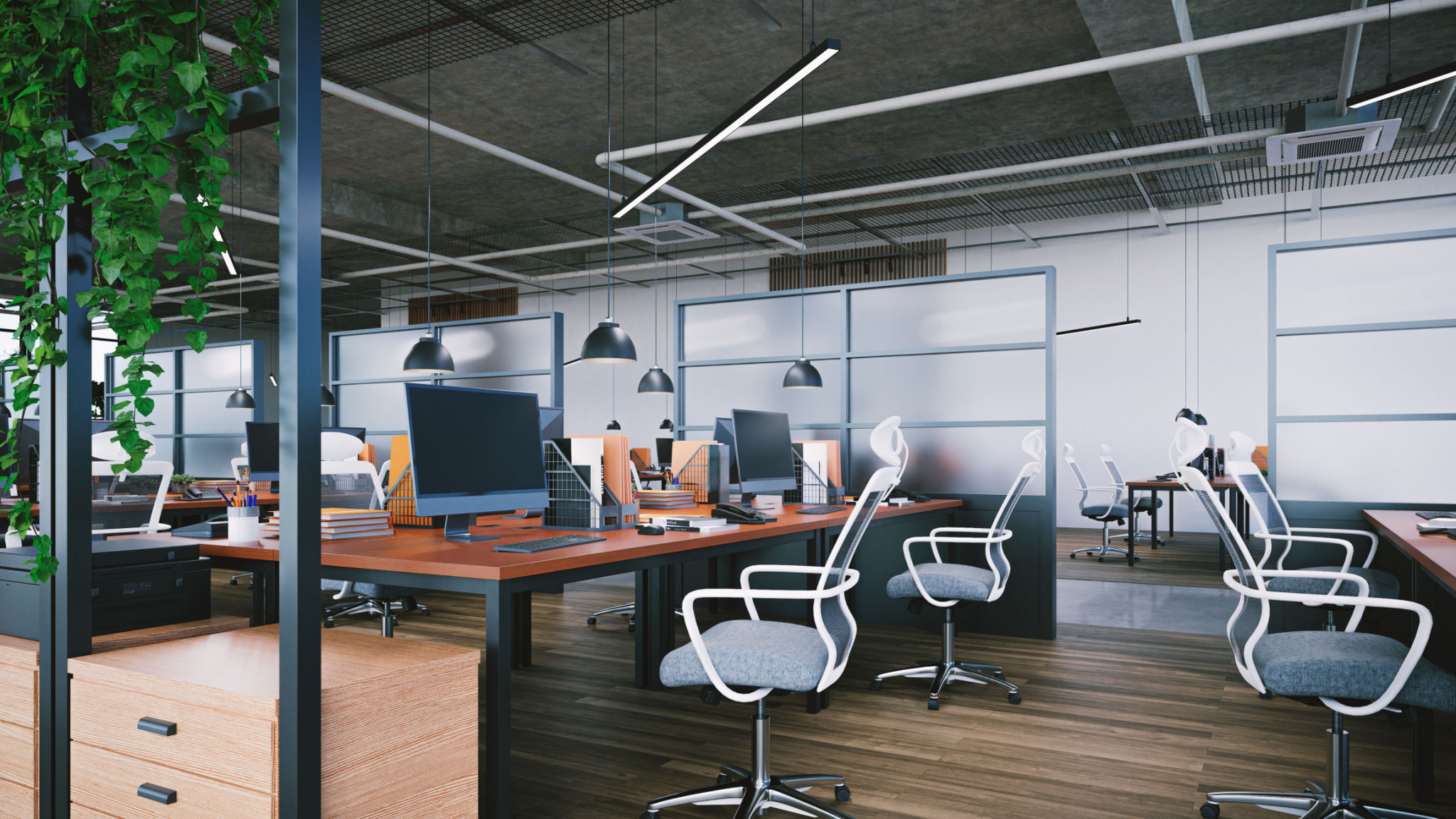Case Study: Transforming a Historic Building into a Modern Office Space
Introduction to the Project
Transforming a historic building into a modern office space is a fascinating journey that combines preservation with innovation. This case study explores how architectural visionaries and skilled craftsmen came together to give new life to an old structure while maintaining its rich heritage. The project’s success lies in the delicate balance of maintaining historical integrity while incorporating state-of-the-art facilities.
The building in question is a century-old landmark that once served as a bustling hub of trade. Its transformation involved meticulous planning, creative design, and careful construction to ensure that its historical essence was preserved. This project serves as an exemplary model of how historic buildings can be repurposed for modern use.

Challenges Faced
One of the primary challenges in this project was adhering to regulations set by heritage conservation authorities. These regulations are designed to protect the building's original architectural features, requiring the team to work with precision and care. Additionally, integrating modern technology posed several technical challenges that were skillfully addressed by the project team.
Another significant challenge was ensuring sustainability in the renovation process. The project team prioritized using eco-friendly materials and energy-efficient systems without compromising on the building's historic character. This approach not only preserved the environment but also contributed to reducing the operational costs of the office space.

Design and Innovation
The design phase was crucial in ensuring the seamless integration of old-world charm with contemporary design elements. Architects employed innovative techniques to maintain the building’s original façade while introducing modern interiors that cater to today’s business needs. Open floor plans and flexible workspaces were integrated to encourage collaboration and innovation among employees.
Key design elements included restoring original woodwork and stone masonry while incorporating glass partitions and sleek furniture. By blending these elements, the design team successfully created a workspace that is both functional and aesthetically pleasing.

Impact on the Community
The transformation of this historic building has had a significant impact on the surrounding community. By revitalizing a once-dormant structure, the project has breathed new life into the area, attracting businesses and visitors alike. This not only boosts the local economy but also enhances the cultural value of the region.
Moreover, the project has garnered attention from conservationists and architects worldwide, serving as an inspiration for similar endeavors. It highlights how preserving history can coexist with modern development, creating opportunities for growth and innovation in urban environments.
Conclusion
The successful transformation of this historic building into a modern office space is a testament to what can be achieved when creativity meets respect for heritage. By overcoming challenges and embracing sustainable practices, the project has set a new standard for adaptive reuse.
This case study illustrates that with careful planning and execution, historic buildings can be revitalized to meet contemporary demands while preserving their historical essence for future generations to appreciate.

